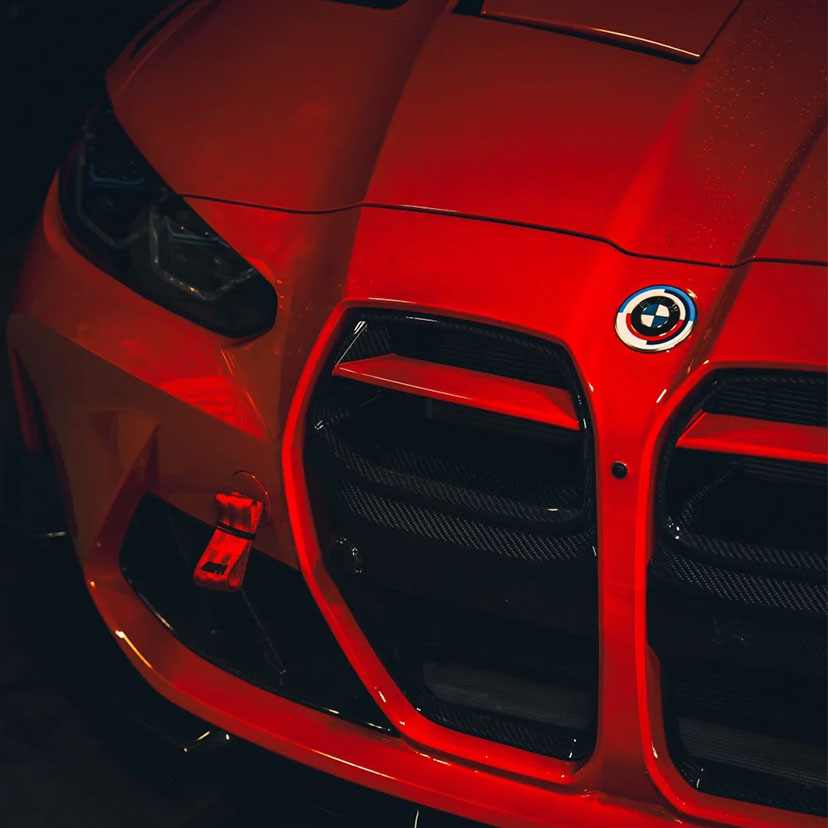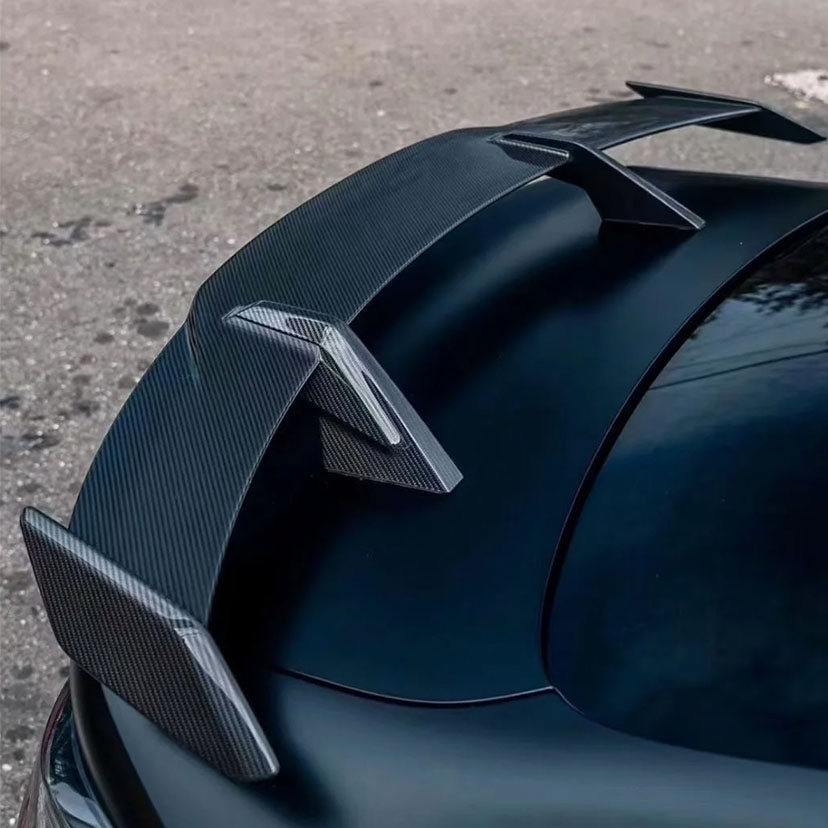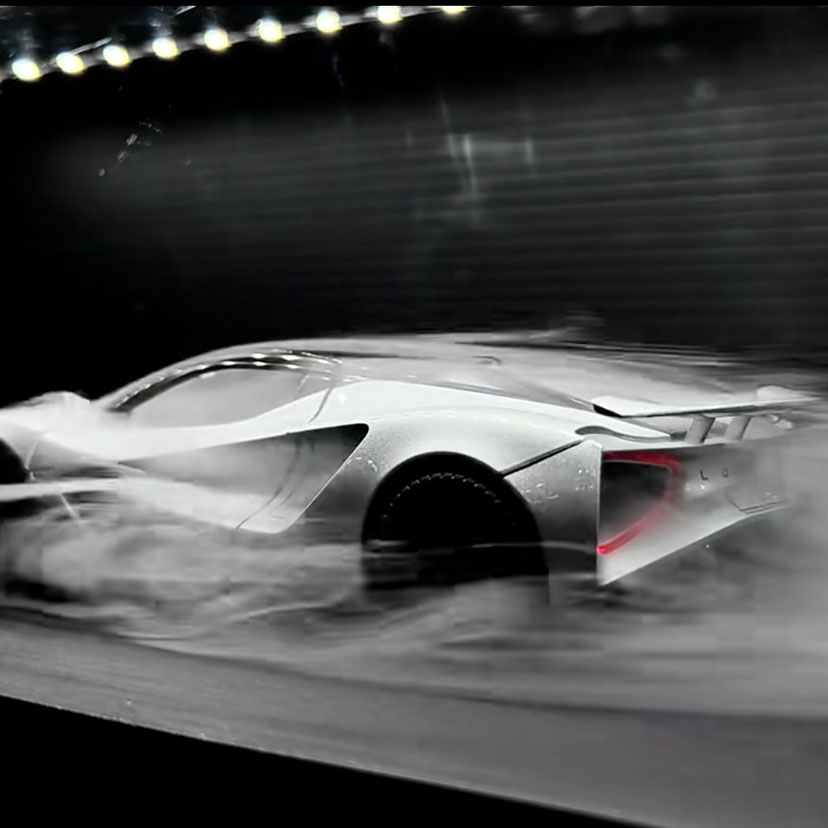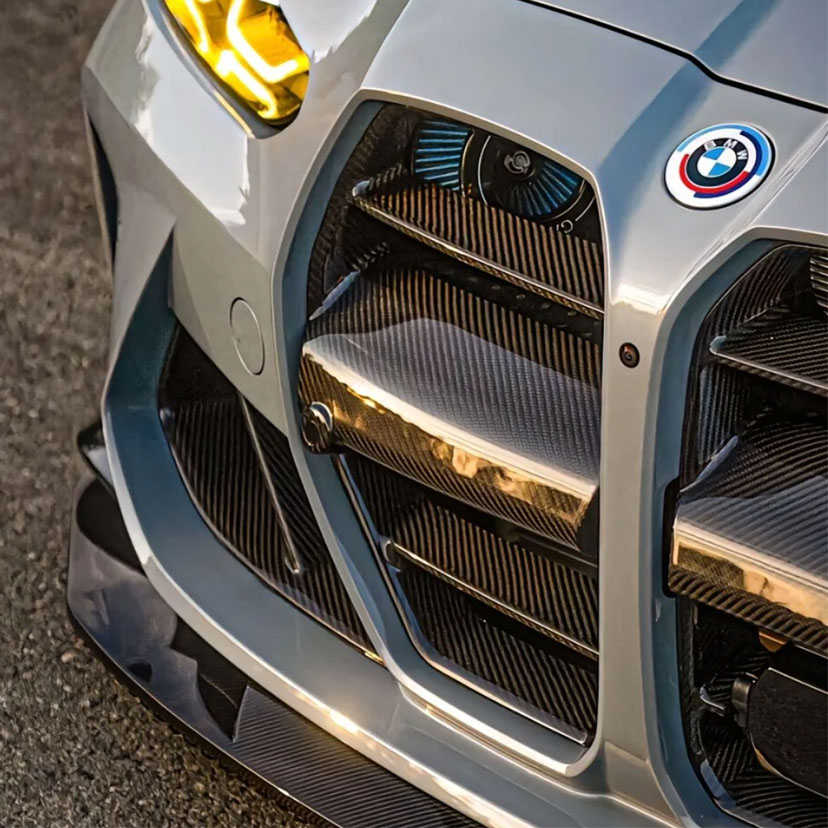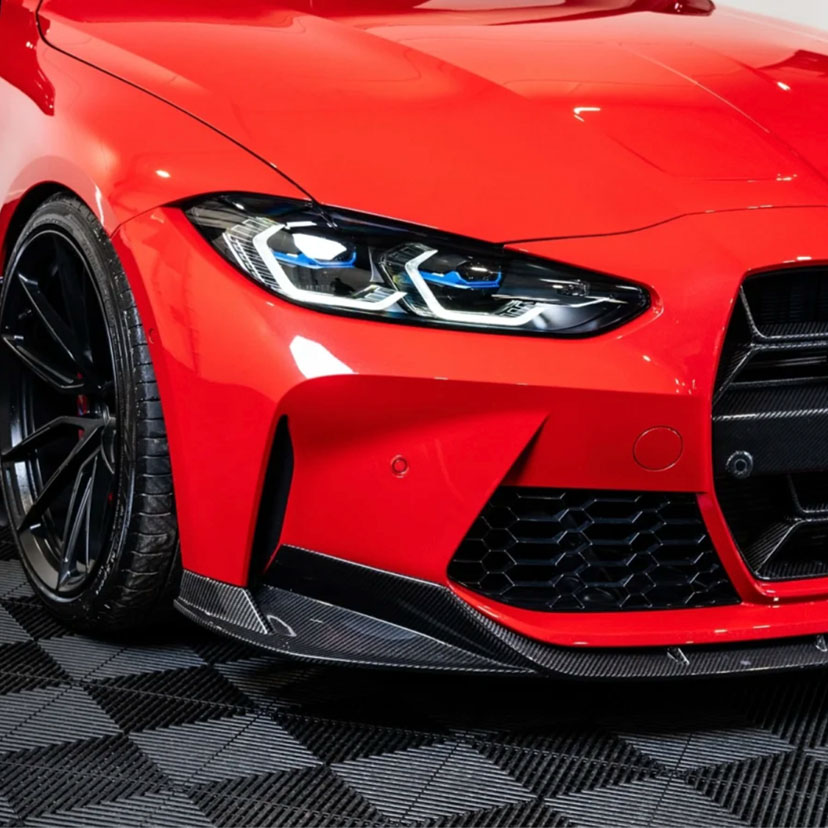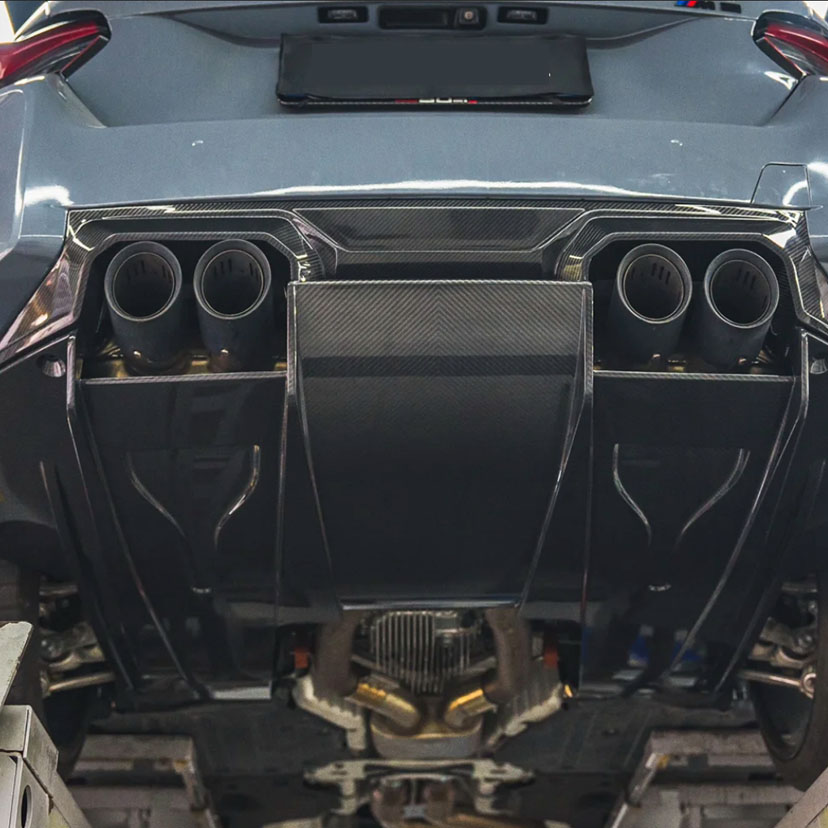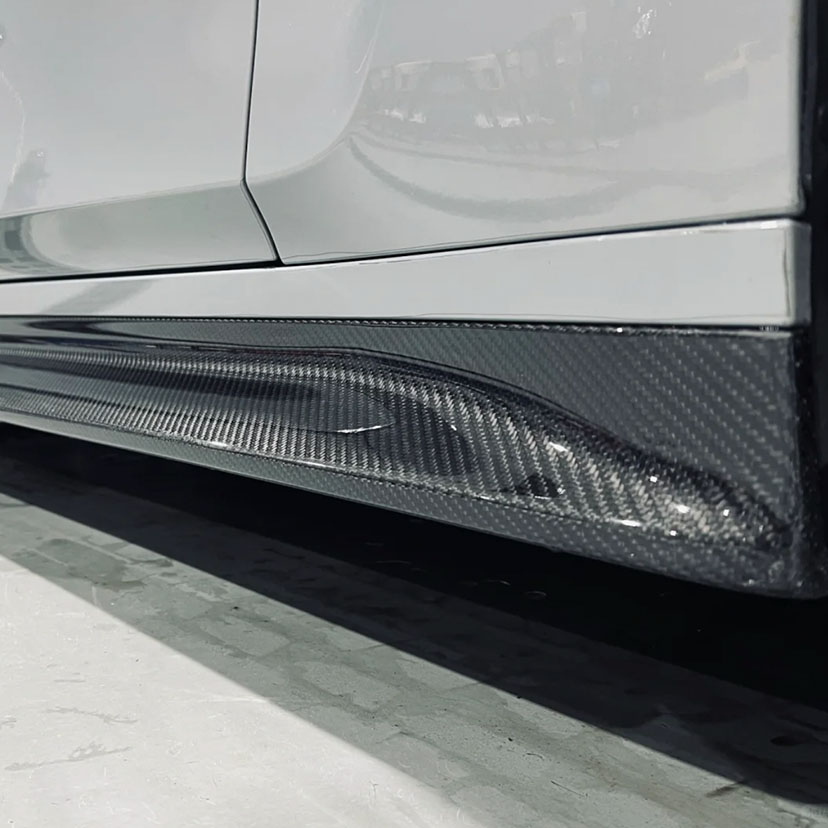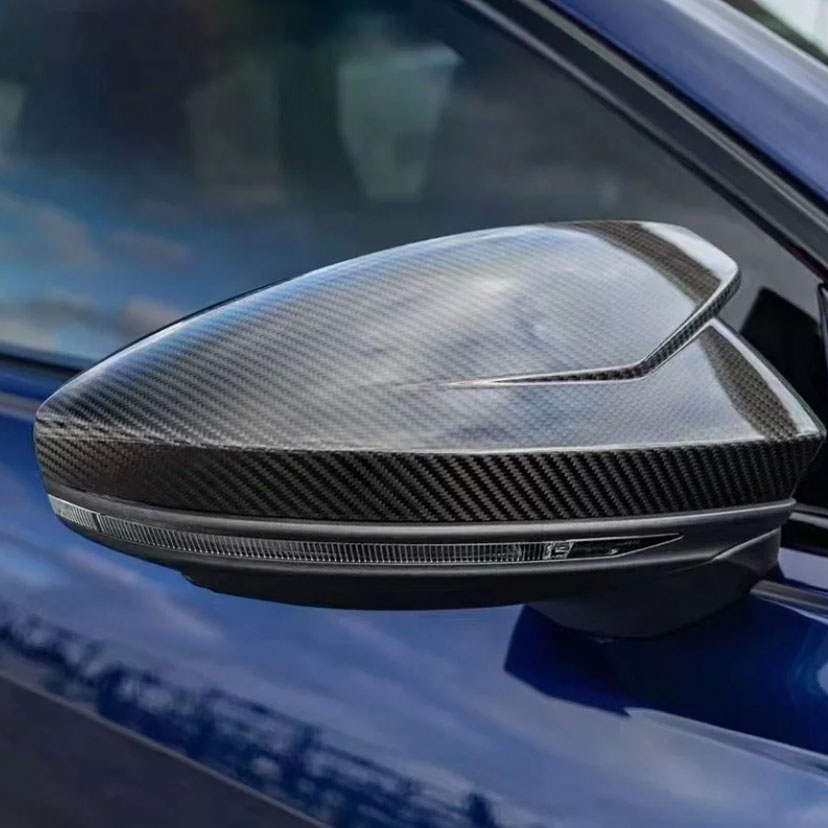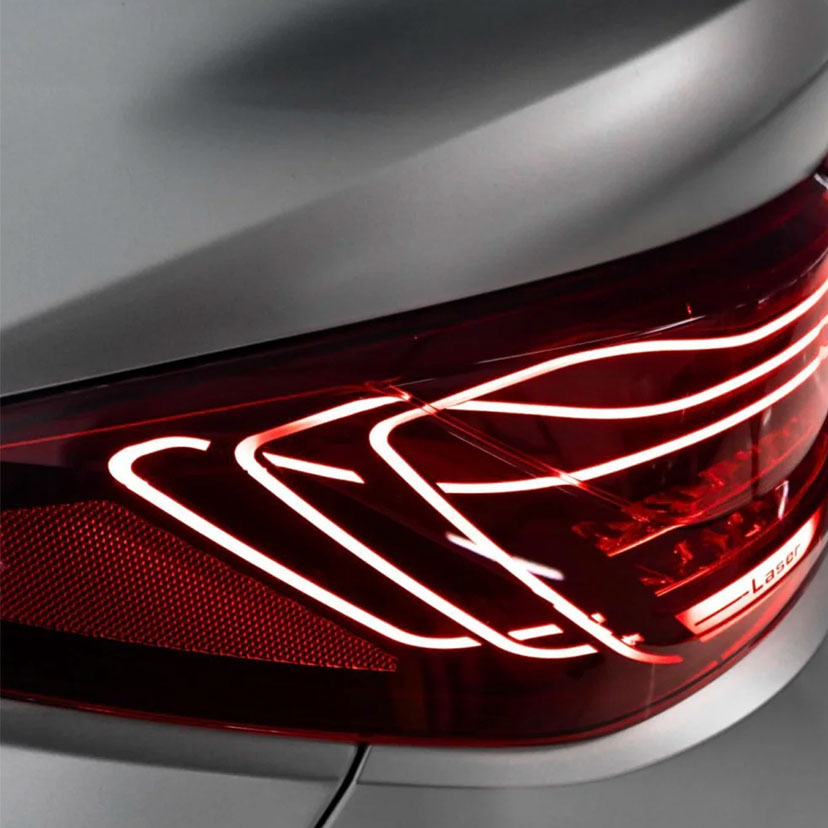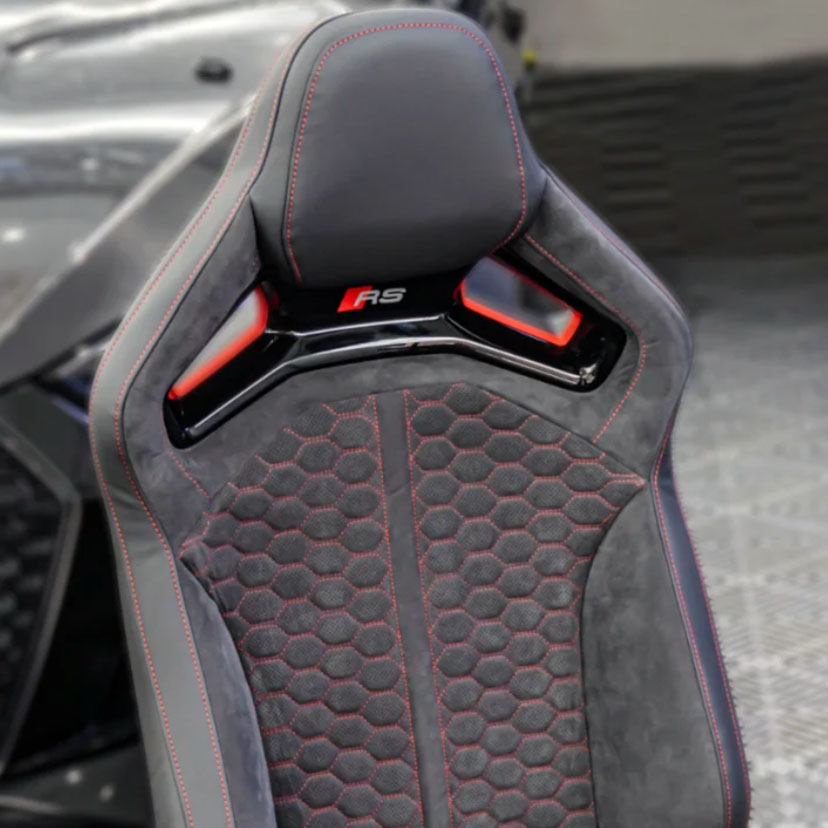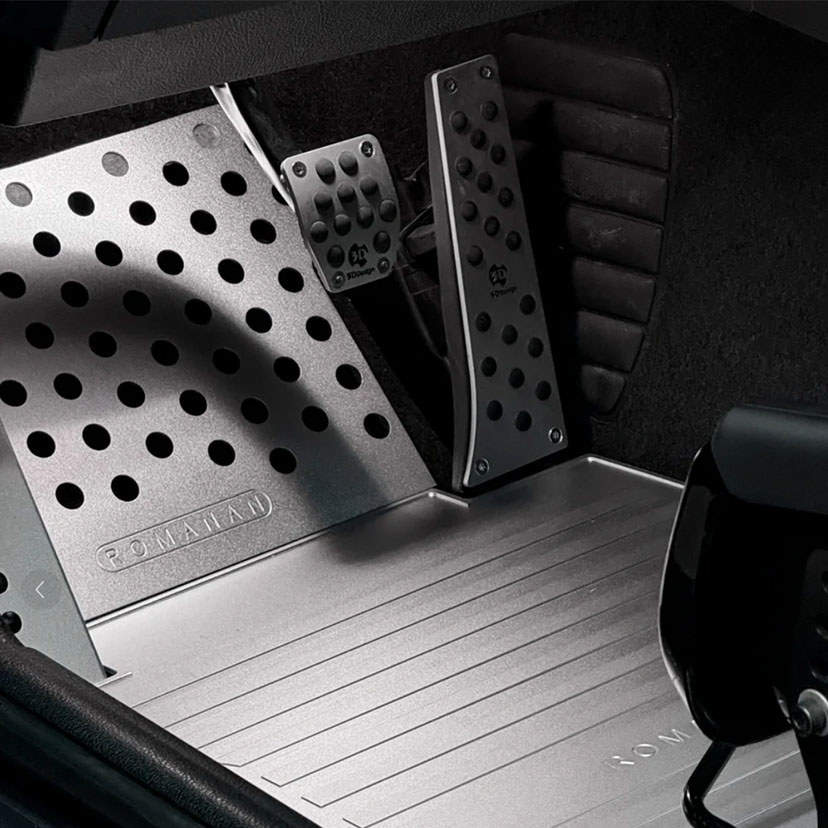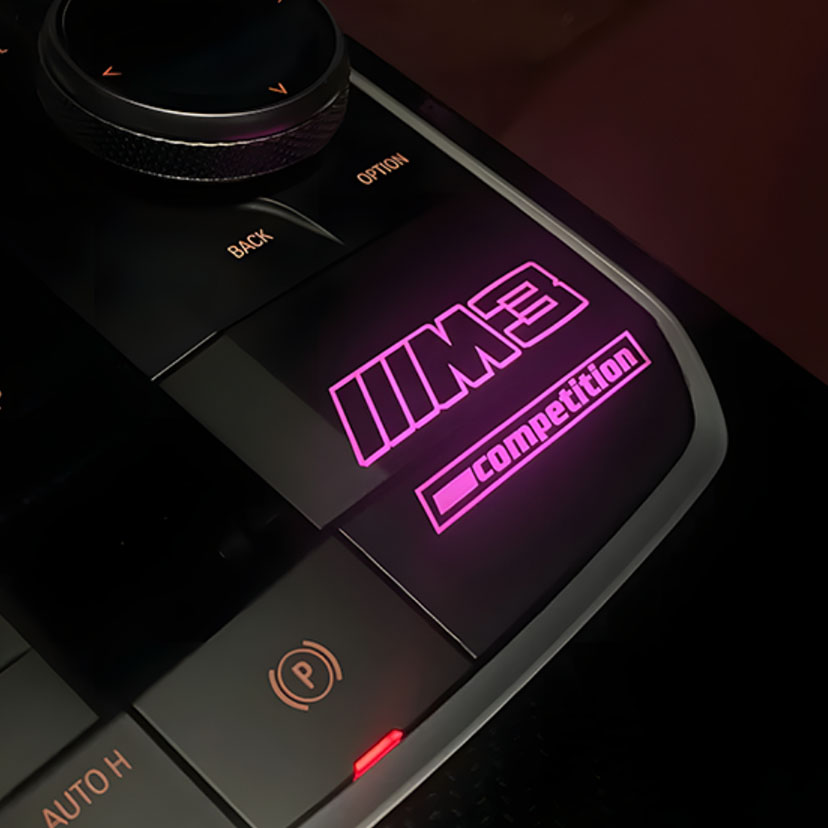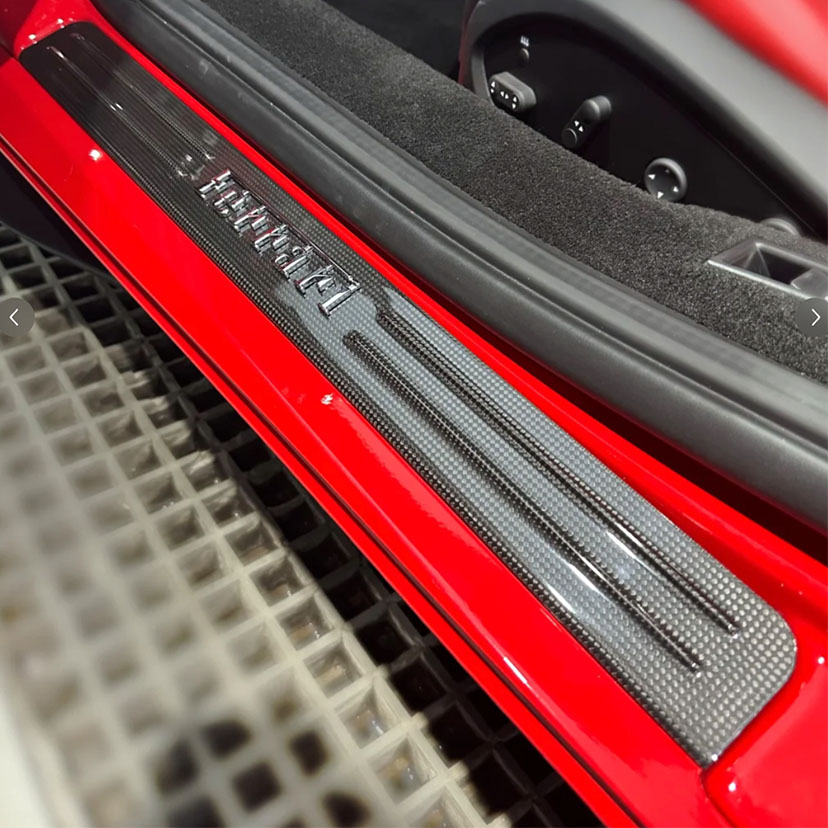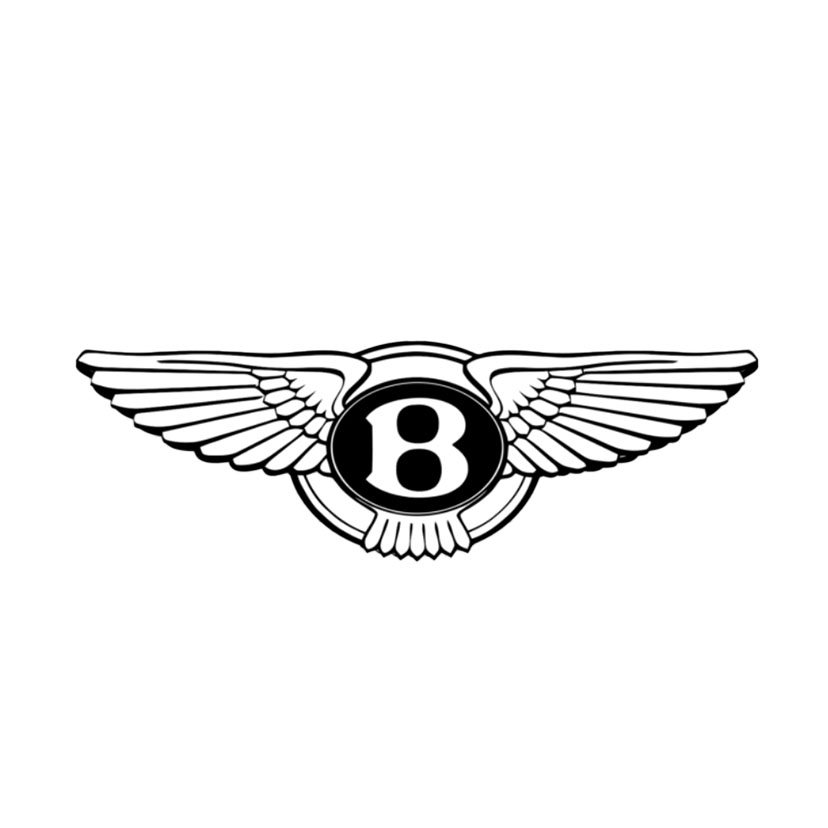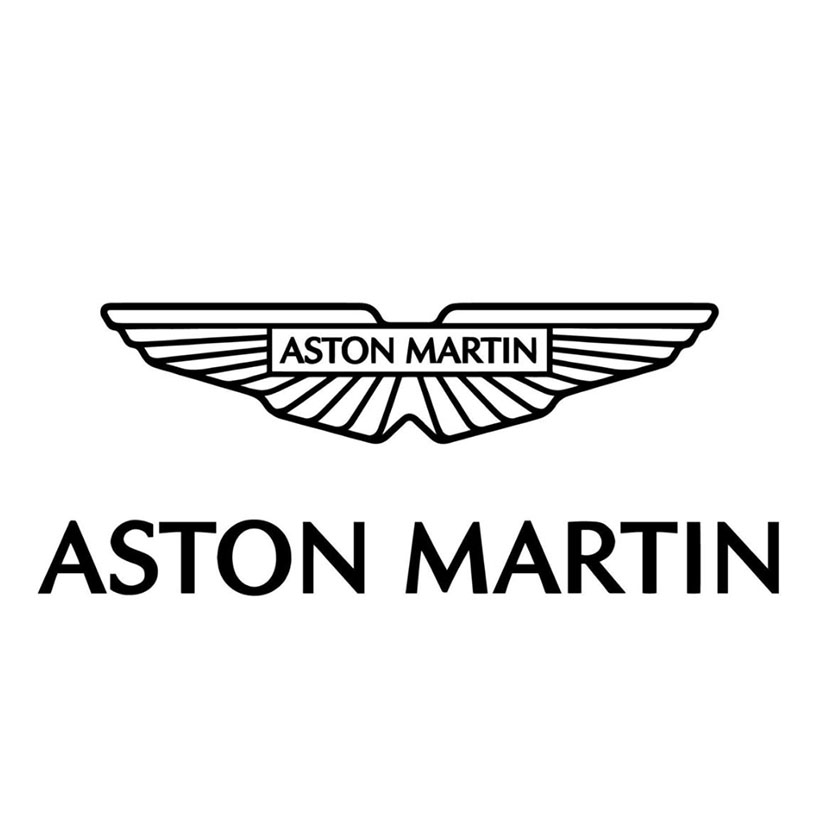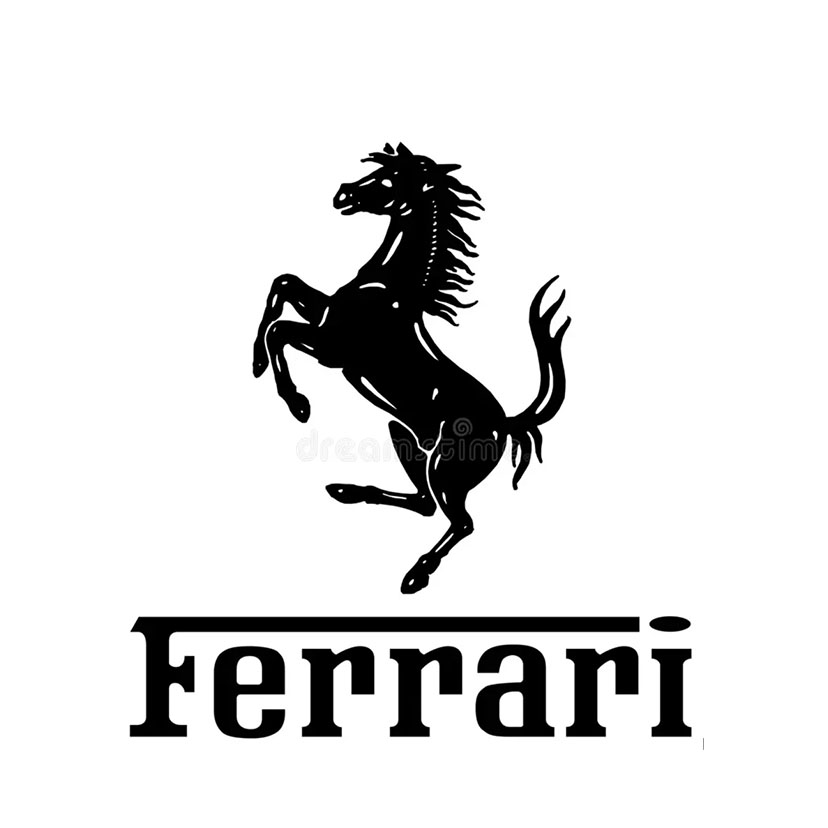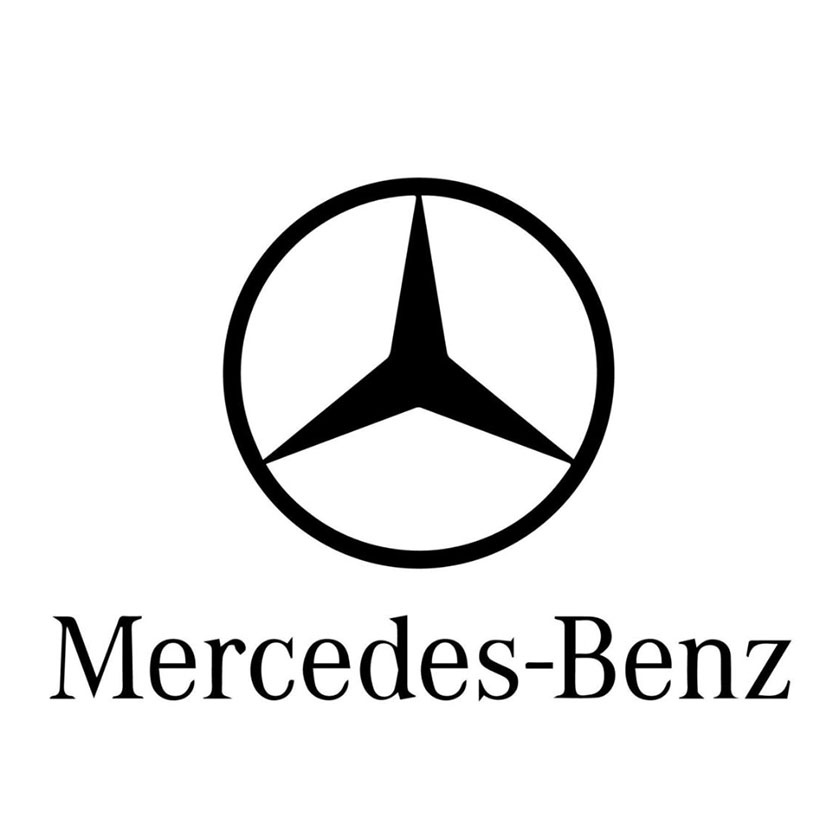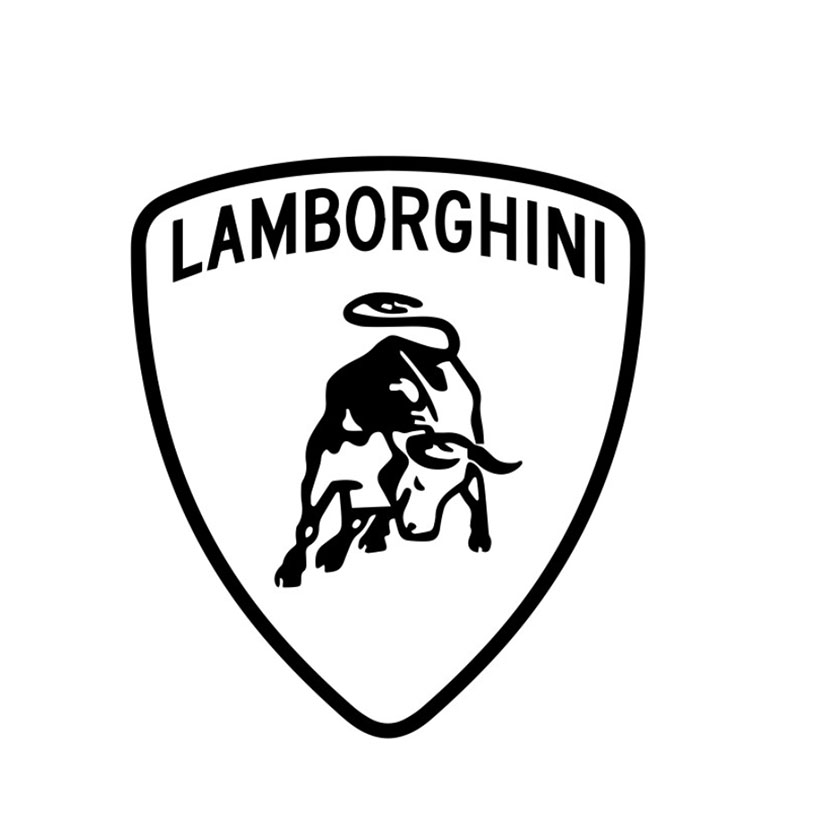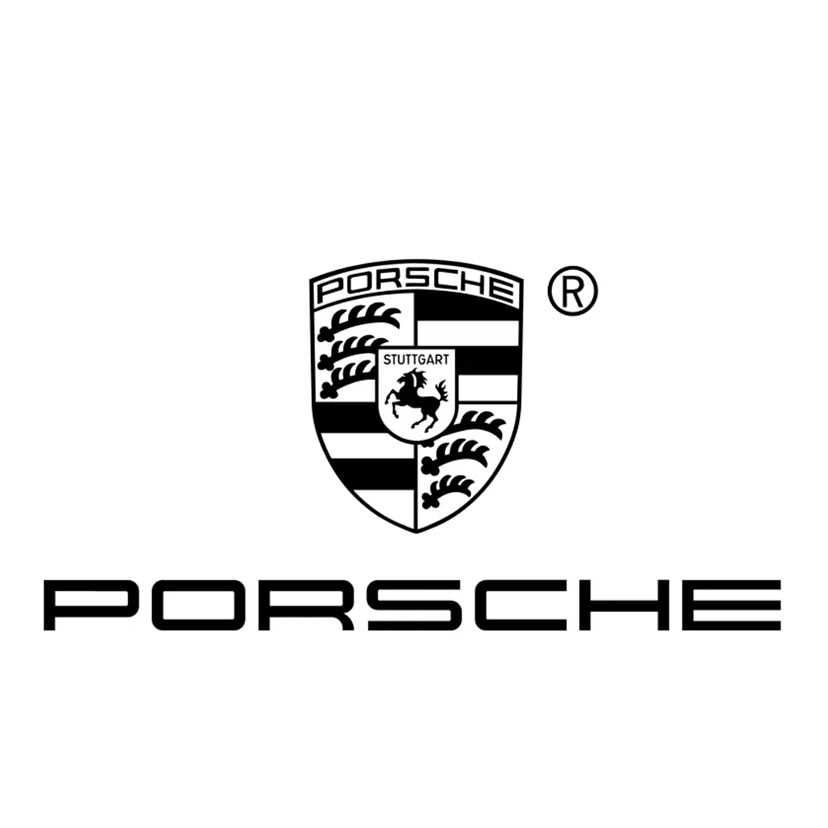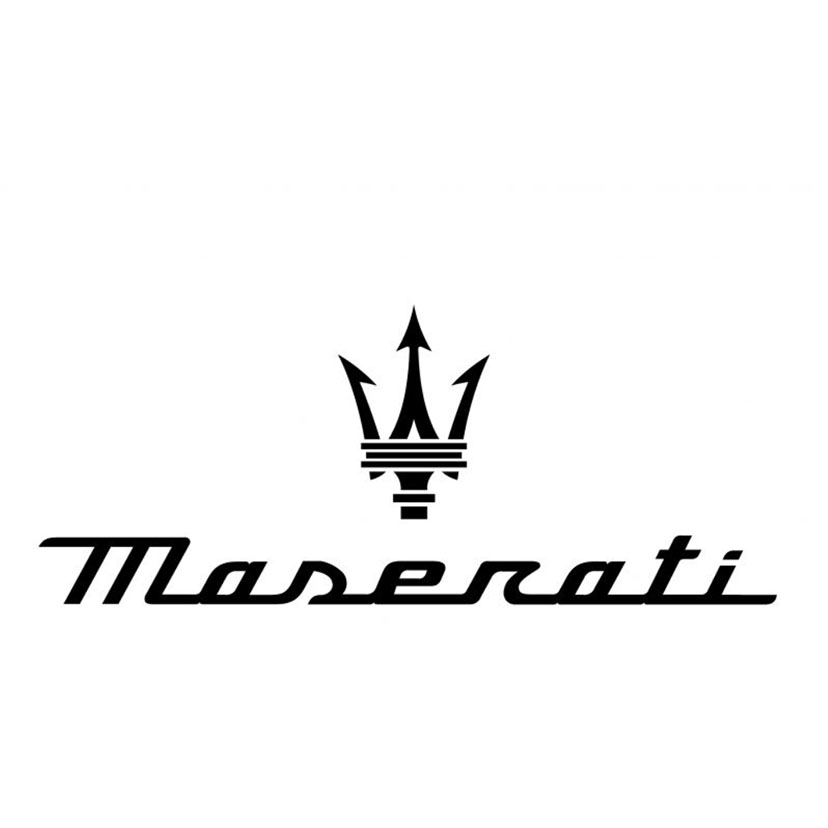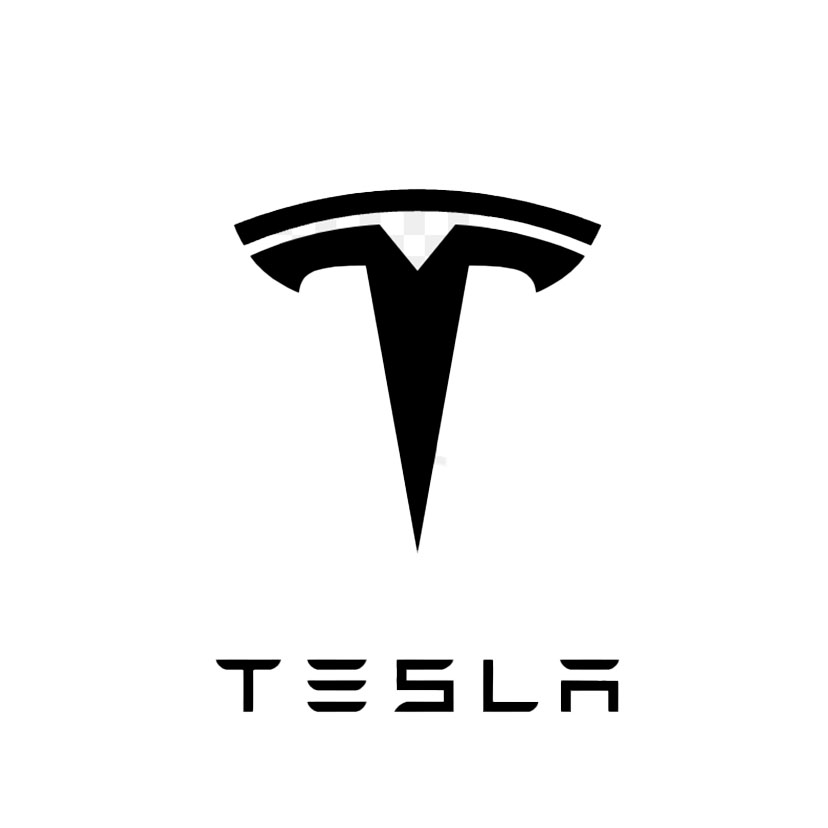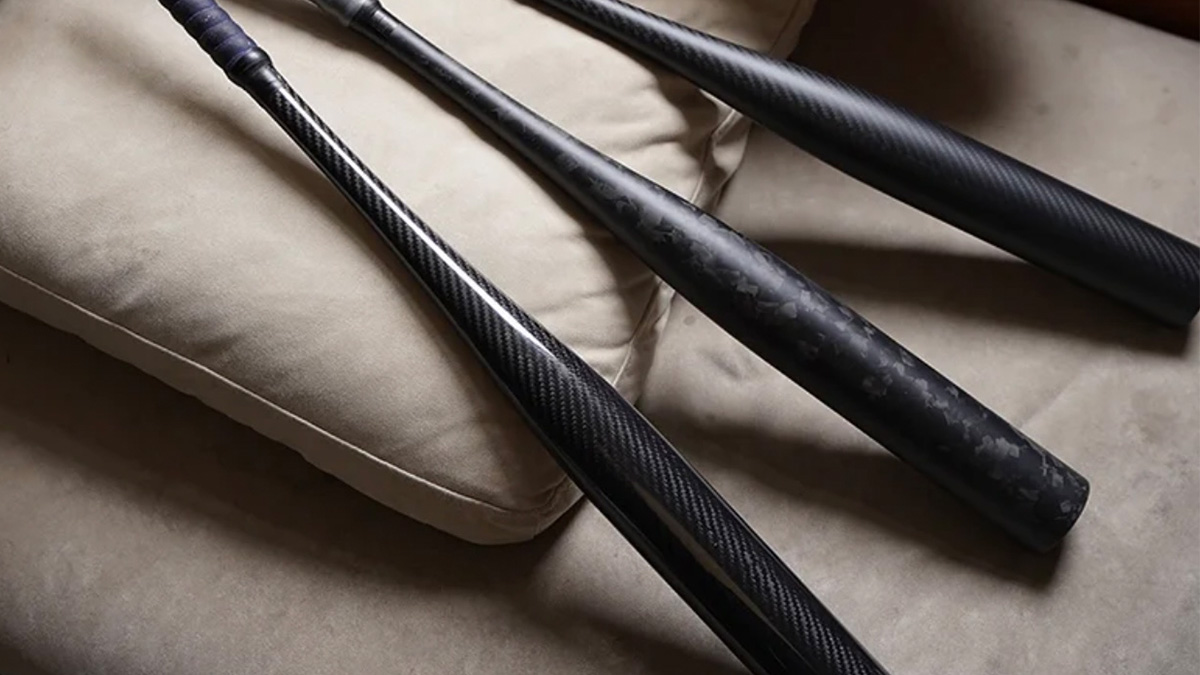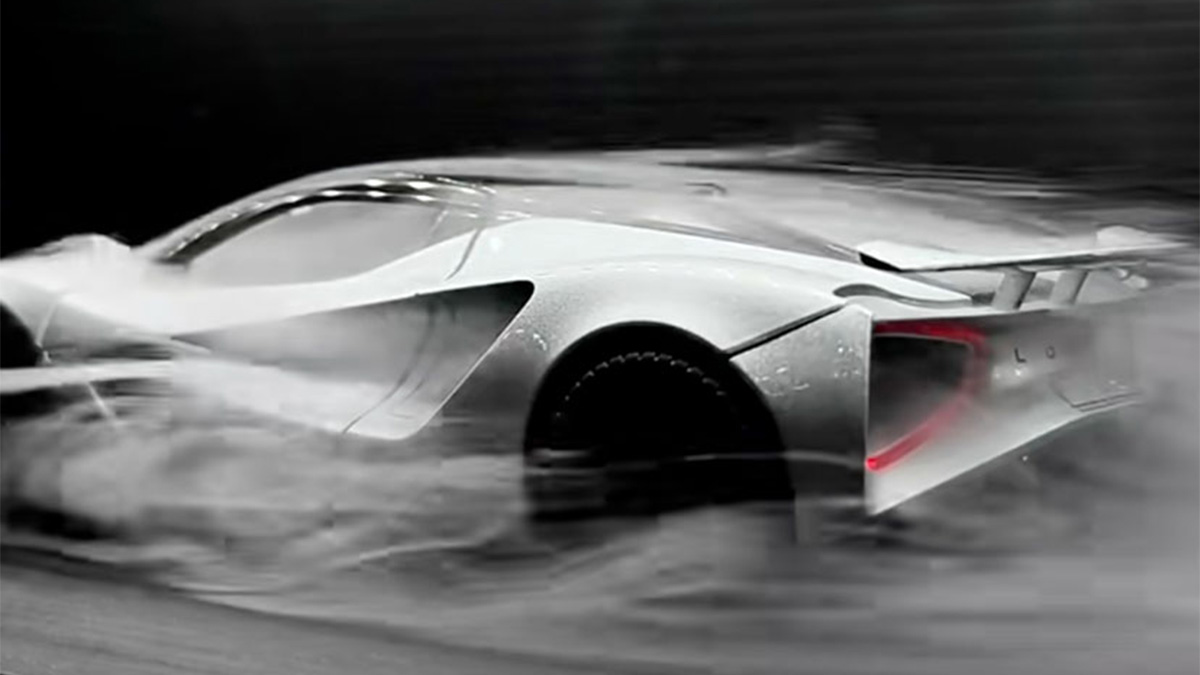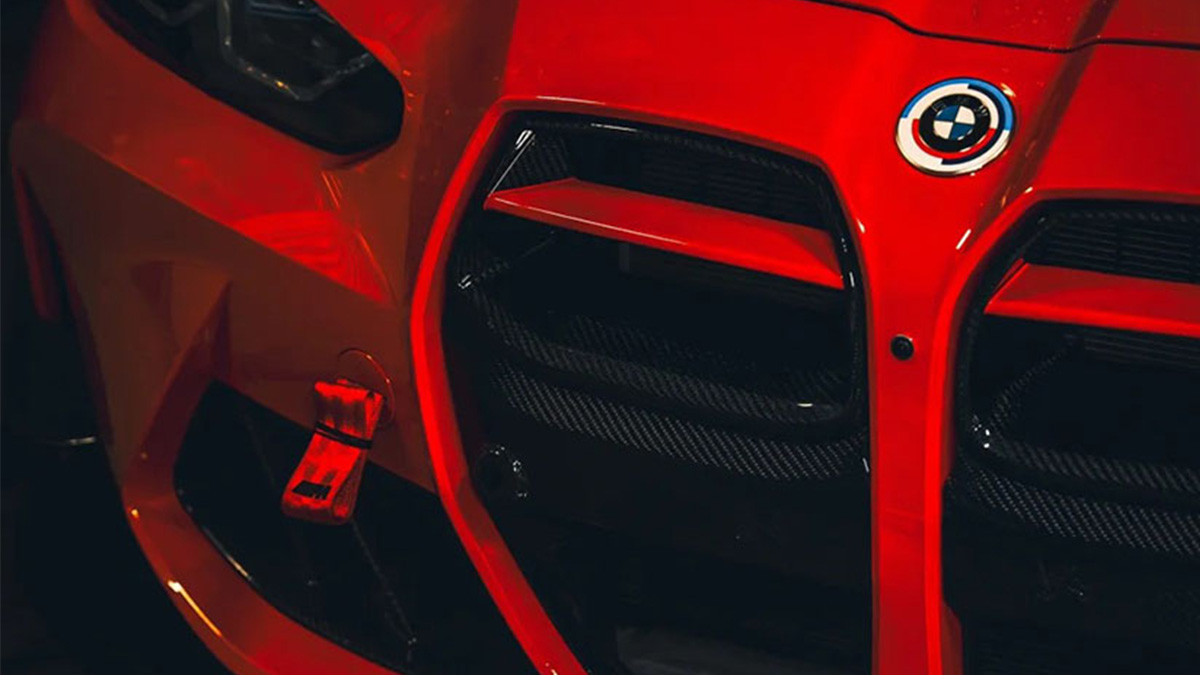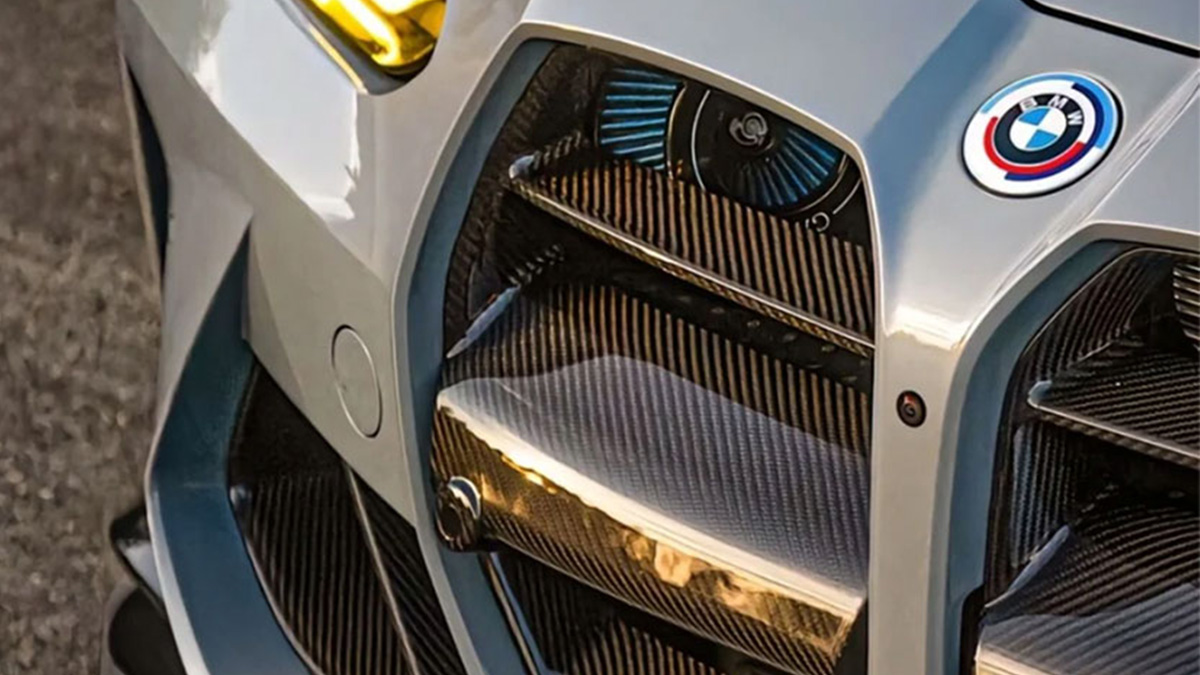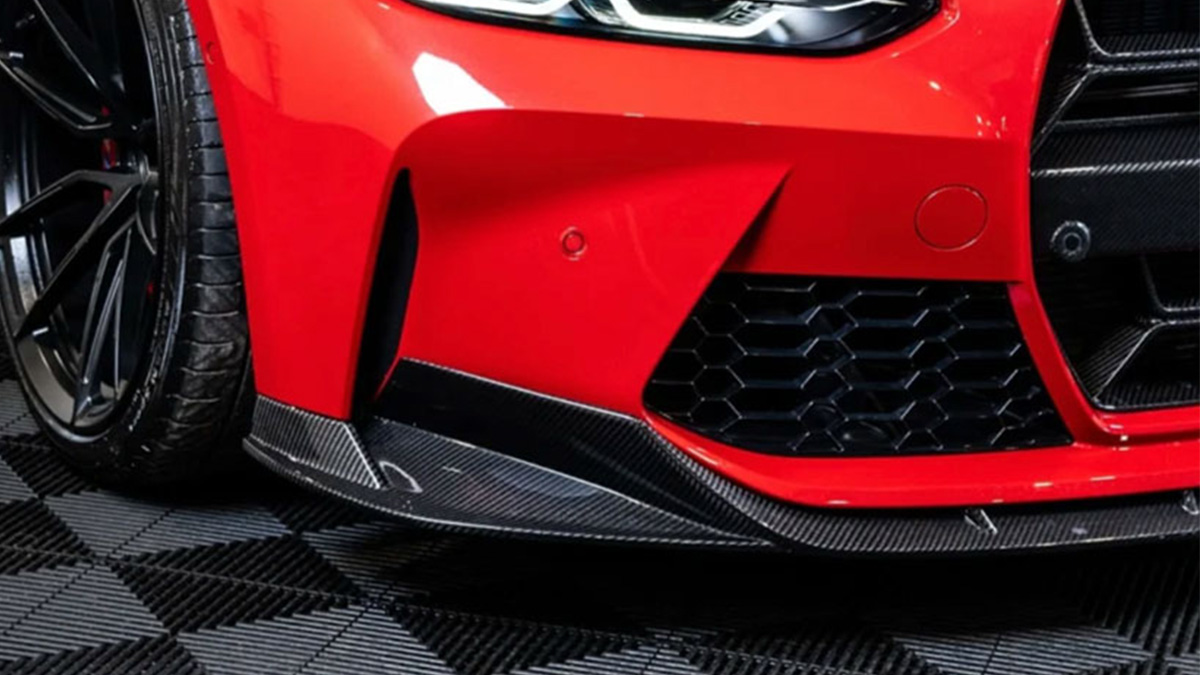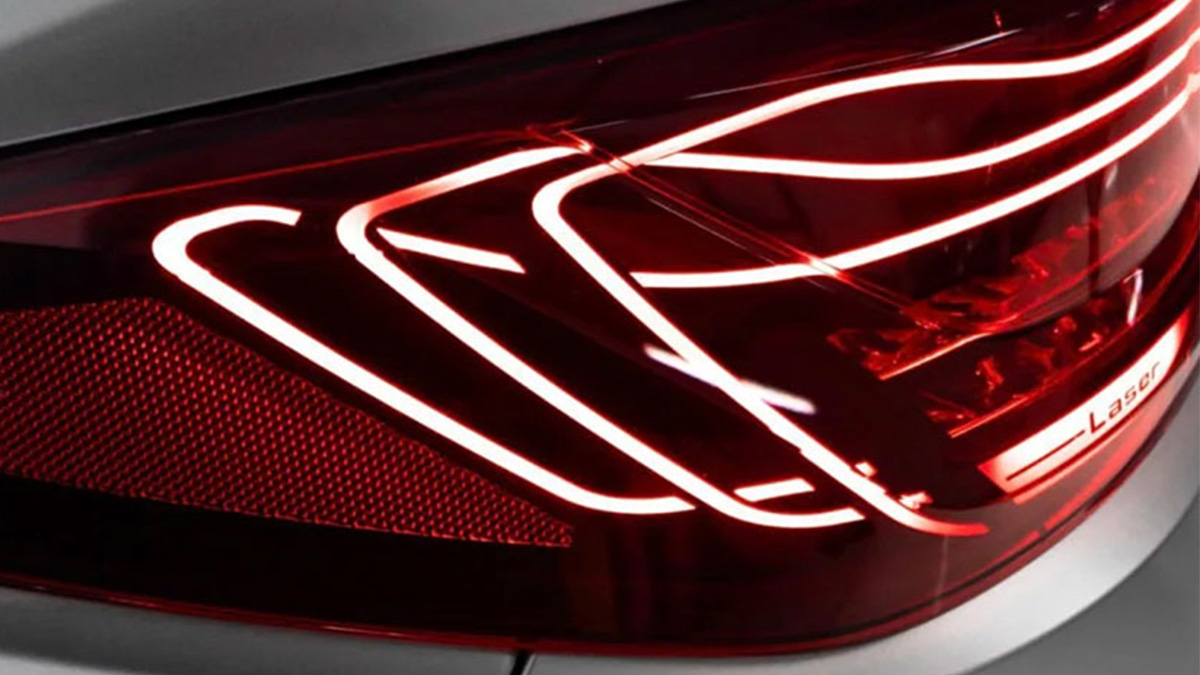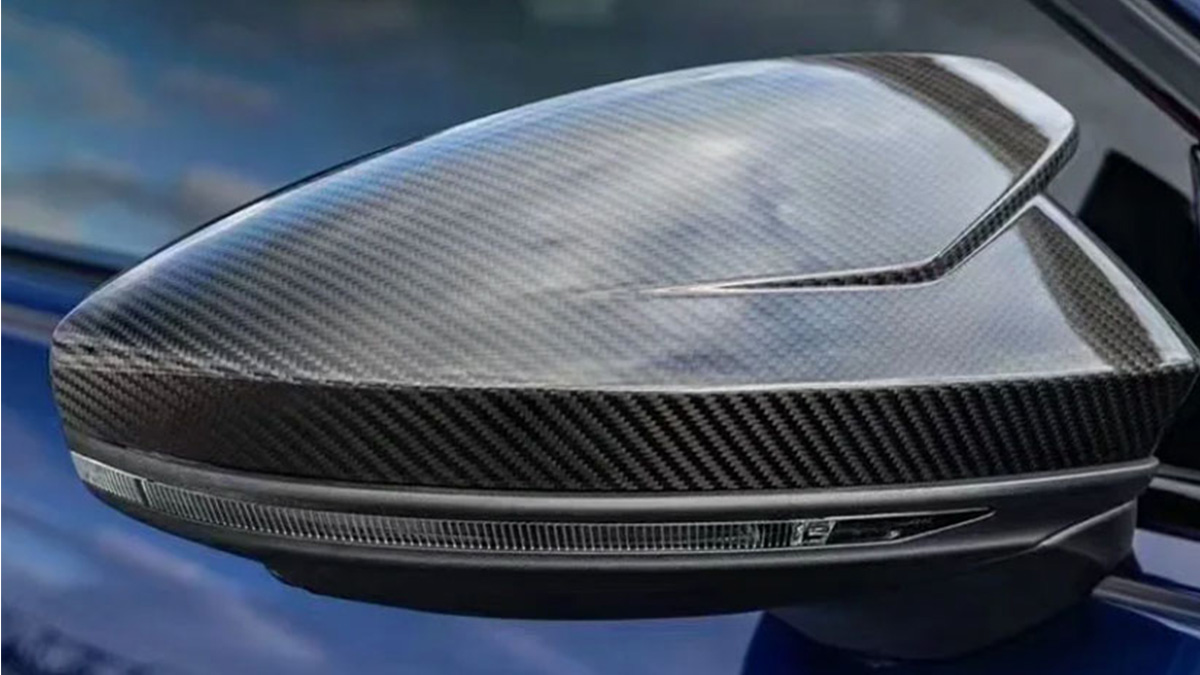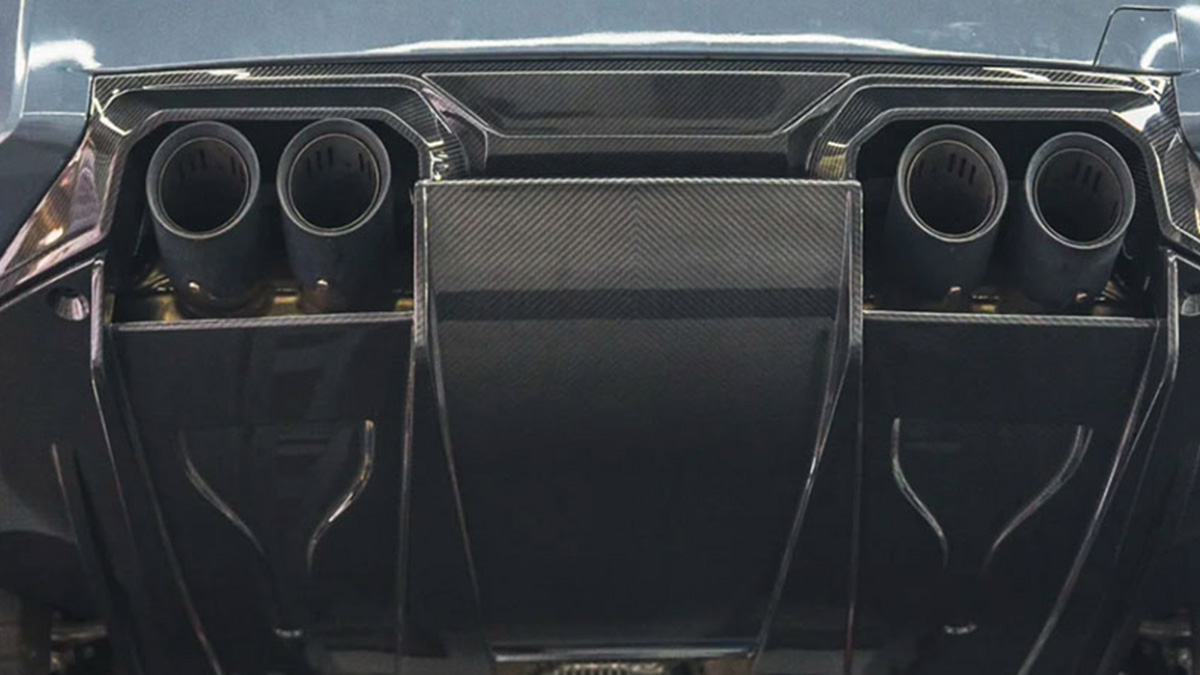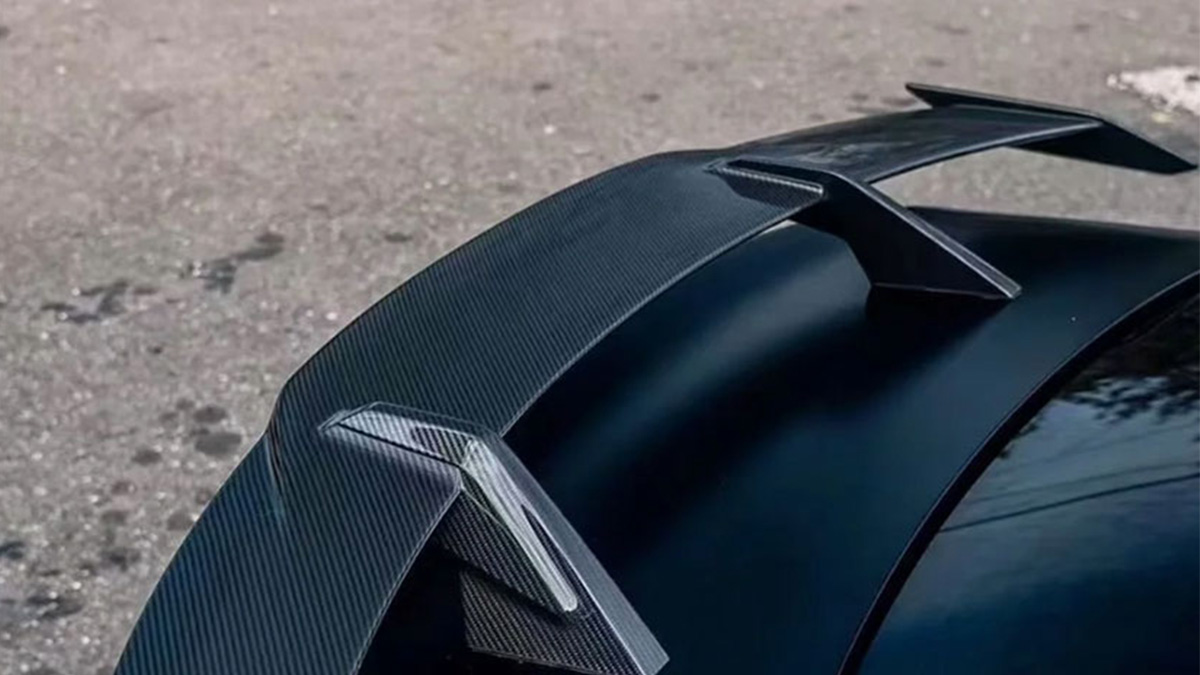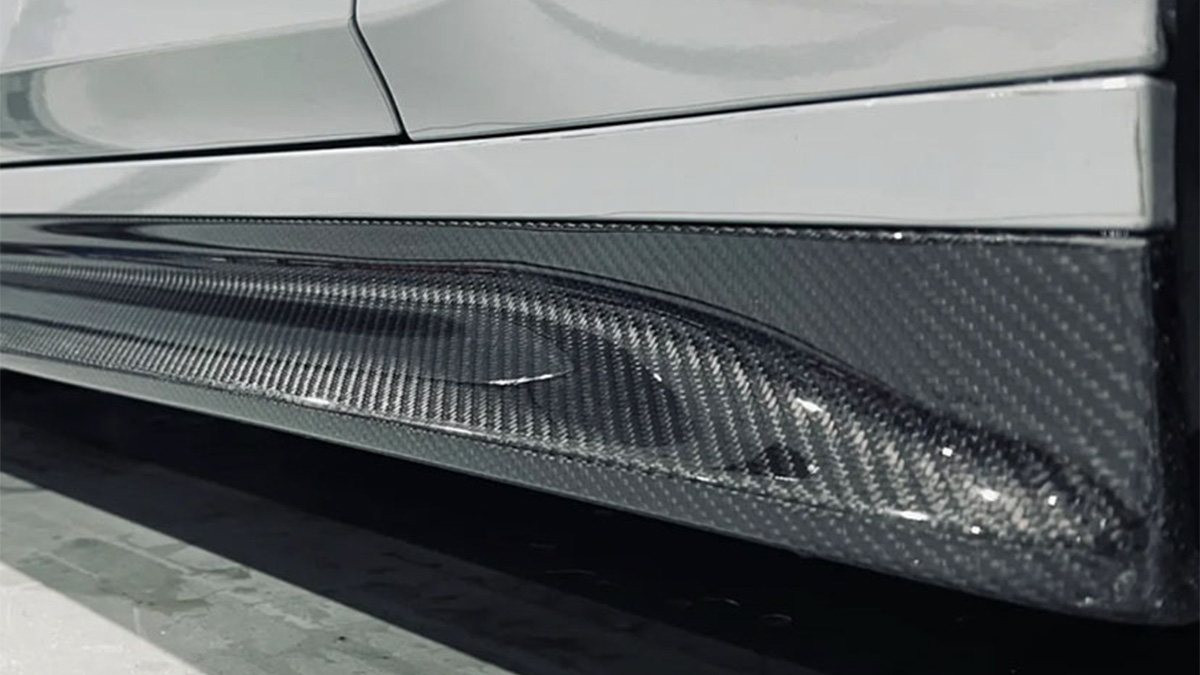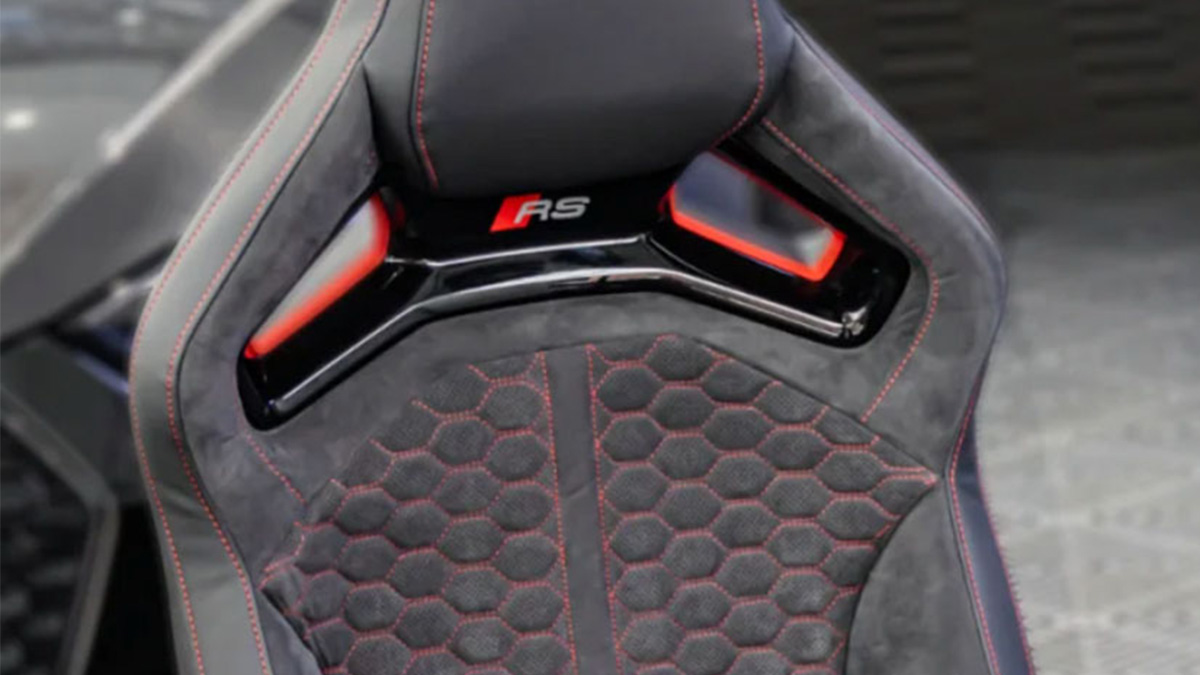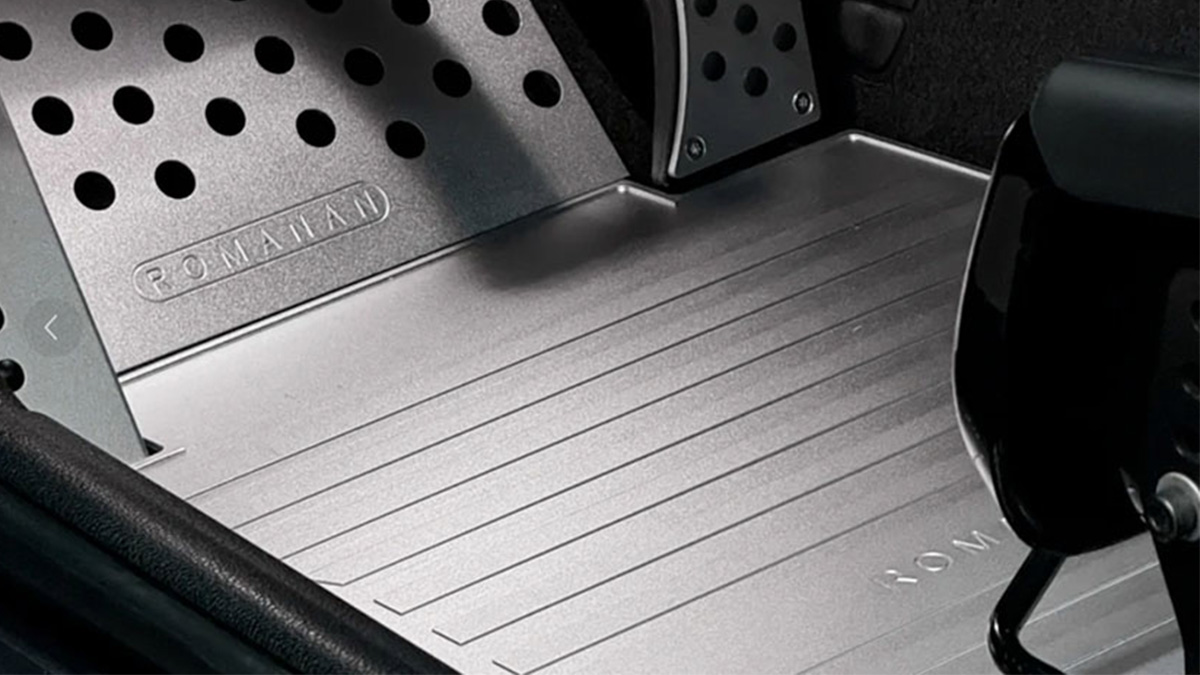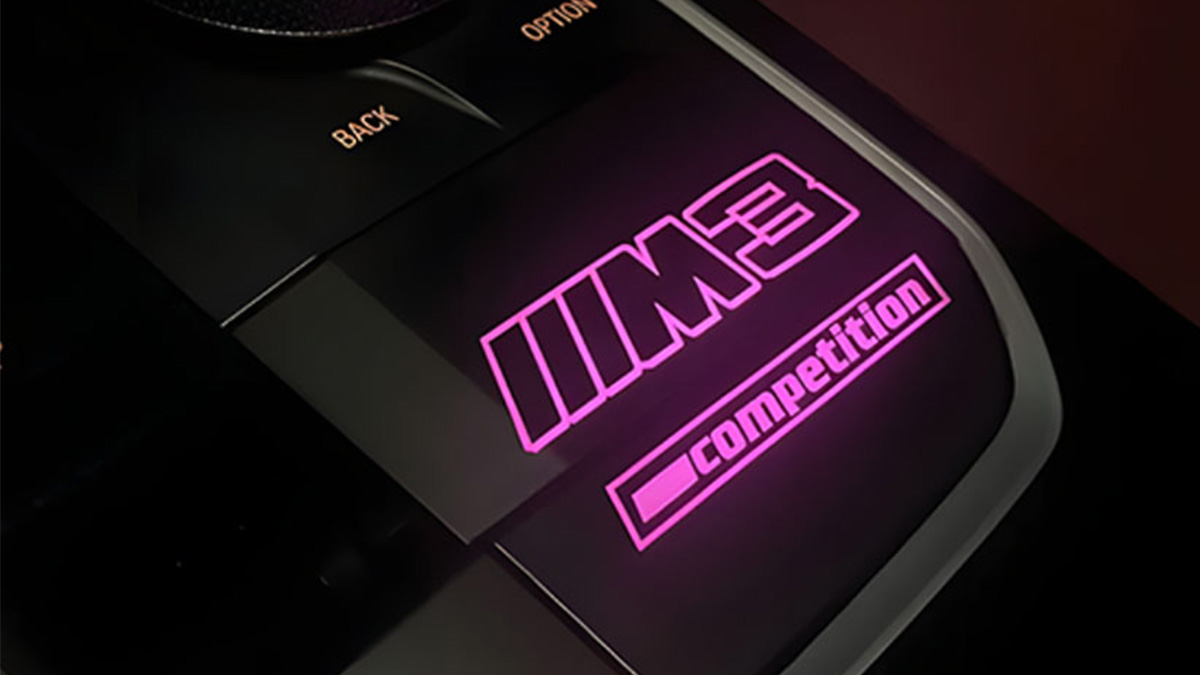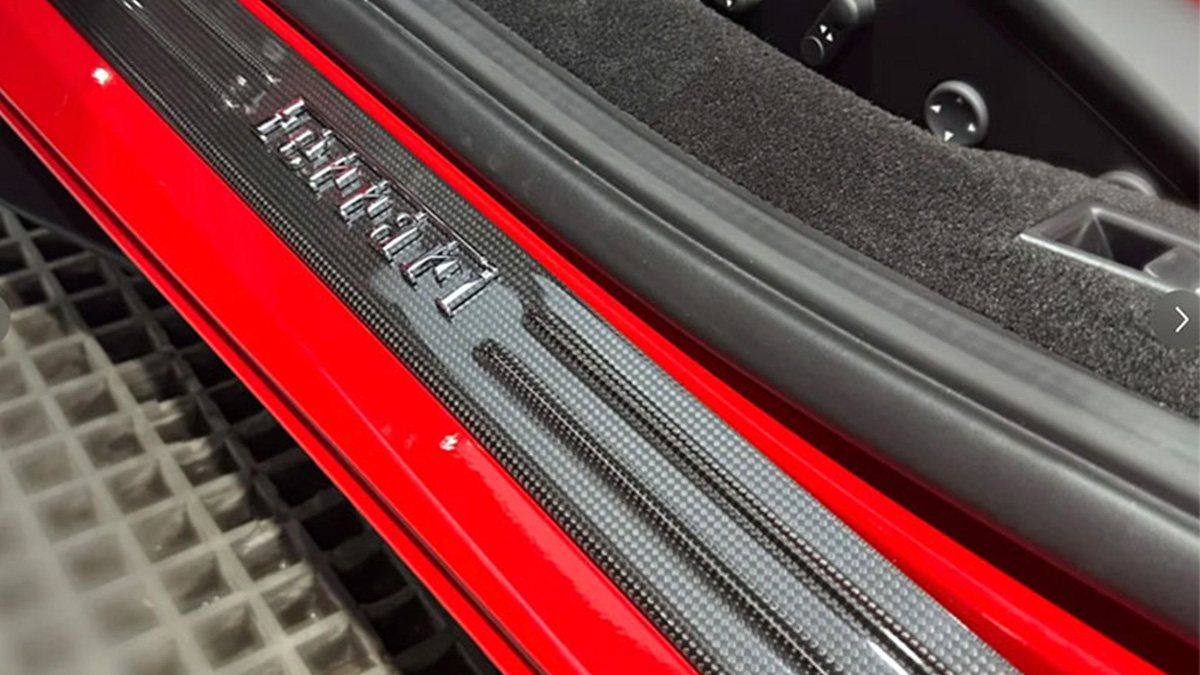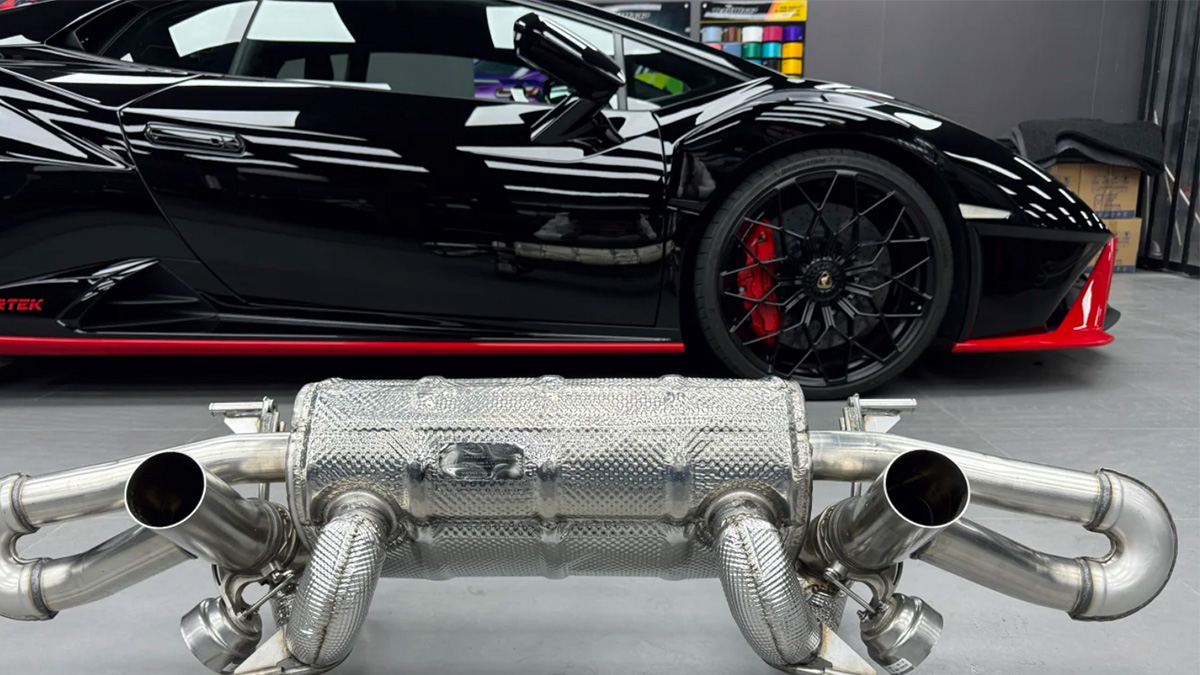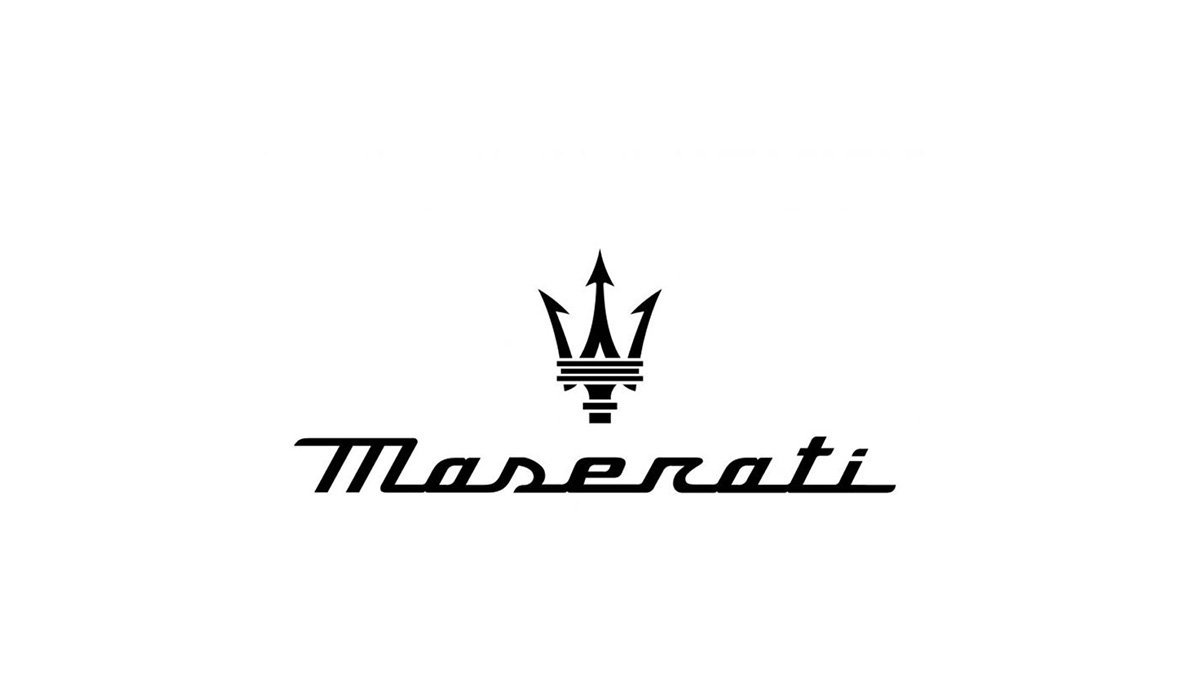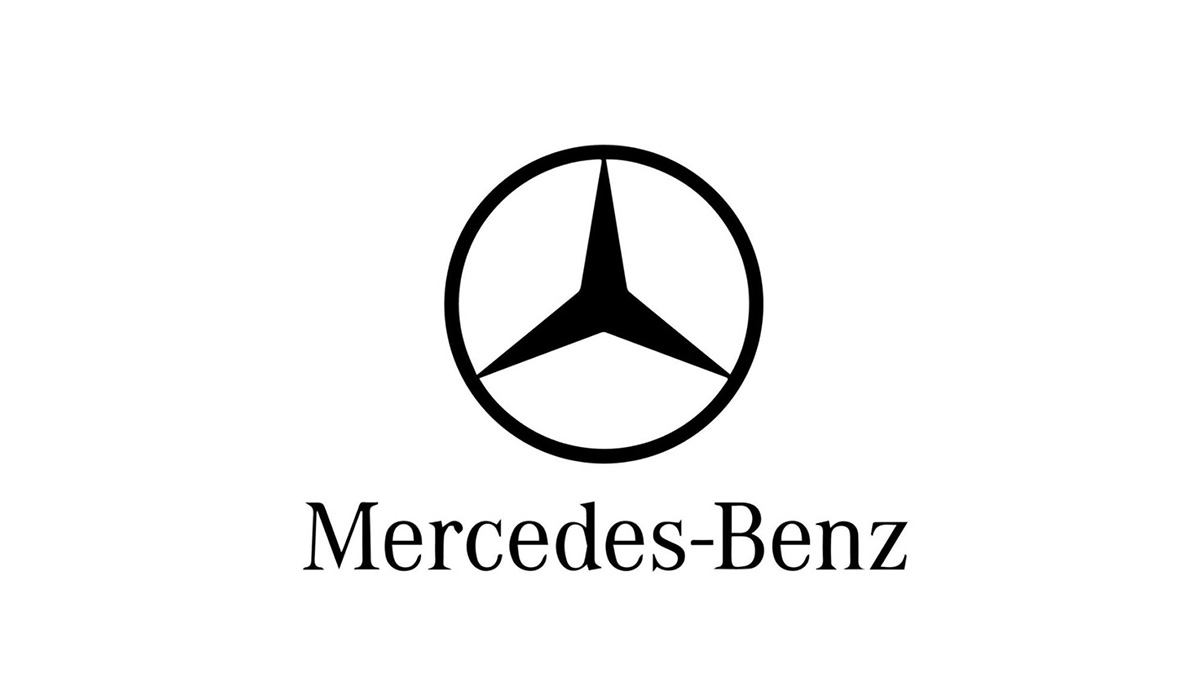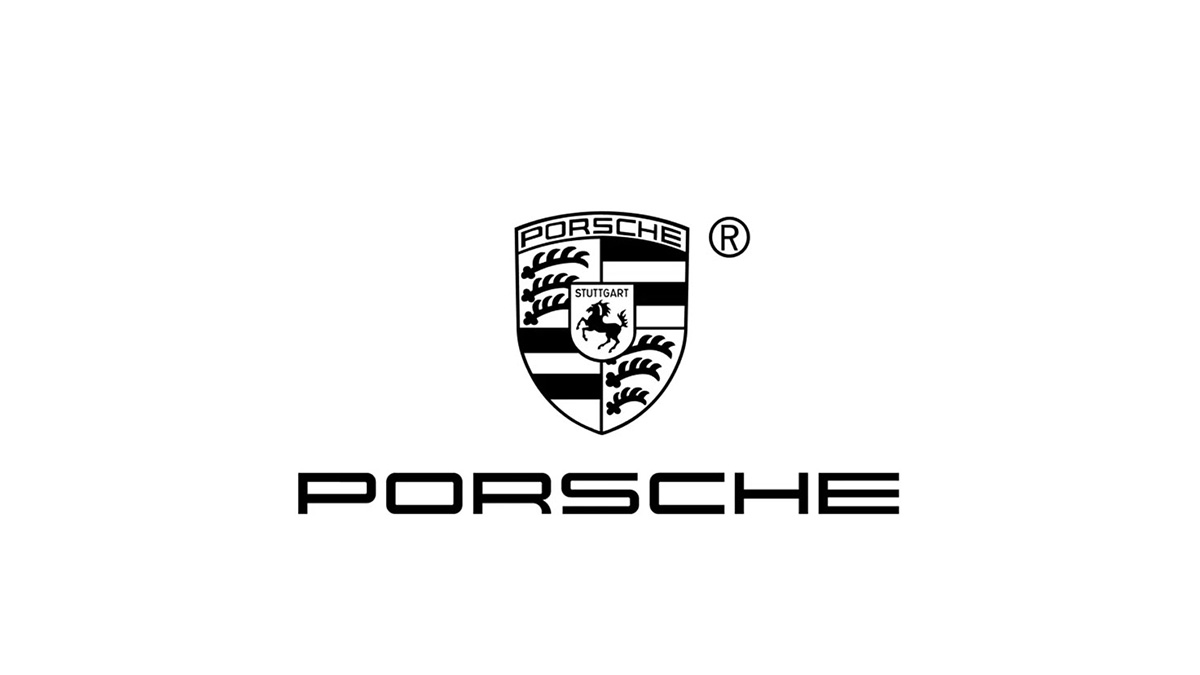W126 SEC Generations Compared: Key Differences Explained

The Mercedes-Benz W126 SEC represents a milestone in luxury coupe design. Its first generation introduced groundbreaking features like seatbelt pretensioners and aerodynamic enhancements, setting new safety and efficiency standards. The second generation refined these innovations with smoother bumpers, revised alloy wheels, and traction control. This evolution combined advanced engineering with elegance, making the W126 SEC a standout in the luxury market. Designed by Bruno Sacco, it shifted from a formal to a more relaxed aesthetic, appealing to upscale buyers. The W126 generation’s blend of performance and sophistication redefined what a luxury coupe could achieve.
Key Takeaways
The W126 SEC changed luxury cars with new features like better seatbelts and improved car shapes.
The second version had a sleeker design and better shape, making it use less gas and drive smoother.
Inside, the second version had comfier seats, fancier materials, and better air systems for more comfort.
Safety got much better with ABS brakes and airbags for the driver, setting a new safety standard.
Both versions of the W126 SEC are still popular, but the second version is loved for its cool tech and stylish look.
Exterior Design of the W126 SEC

Styling Changes
Rounded body cladding in the first generation vs. flatter design in the second
When you compare the first and second generations of the W126 SEC, the differences in body cladding stand out. The first generation featured ribbed lower plastic moldings, which gave the car a more rounded and textured appearance. In contrast, the second generation adopted a flatter design for these moldings, creating a sleeker and more modern look. This change aligned with the evolving design language of Mercedes-Benz during the late 1980s, emphasizing clean lines and understated elegance.
Updates to the grille, headlights, and bumpers
The grille and headlights also underwent noticeable updates. The first generation had recessed headlights, while the second generation introduced flat headlights with a plastic cover, giving the front end a more streamlined appearance. Headlight wipers, which were optional in the earlier models, became standard in the second generation. The bumpers saw a shift as well, with the second generation incorporating vent designs in the front, enhancing both aesthetics and functionality.
Aerodynamics
Improved airflow in the second generation
Mercedes-Benz made significant aerodynamic improvements in the second generation of the W126 SEC. The flatter body cladding and redesigned headlights reduced drag, allowing air to flow more smoothly over the car. These changes not only enhanced the car’s visual appeal but also contributed to its performance.
Impact on fuel efficiency and driving dynamics
Better aerodynamics directly impacted fuel efficiency and driving dynamics. You would notice improved stability at higher speeds, as the car cut through the air with less resistance. This refinement made the second generation of the W126 SEC a more efficient and enjoyable vehicle to drive, especially on long highway journeys.
Paint and Trim Options
Introduction of new color palettes
Mercedes expanded the color options for the second generation, offering a wider range of metallic and solid paint finishes. These new palettes allowed you to personalize your W126 SEC to better reflect your style, whether you preferred classic tones or more contemporary shades.
Differences in chrome and trim accents
The second generation also featured subtle updates to chrome and trim accents. While the first generation leaned on traditional chrome finishes, the second generation balanced chrome with body-colored elements, giving the car a more cohesive and modern appearance. These updates reinforced the W126 SEC’s position as a forward-thinking luxury coupe within the S-Class lineup.
Note: The table below highlights key exterior design differences between the first and second generations of the W126 SEC:
Feature | 1st Generation | 2nd Generation |
|---|---|---|
Wheelbase | Standard | Longer (+L) models |
Bumper Design | Standard | Vent design in front |
Lower Plastic Moldings | Ribbed | Flat |
Headlights | Recessed | Flat with plastic cover |
Headlight Wipers | Option | Standard |
Wheel Design | “Bundt” wheels | 16-hole wheels |
Mirrors | Standard | Automatic heated mirrors |
Interior Features of the W126 SEC
Cabin Design and Layout
Dashboard layout updates in the second generation
The cabin of the W126 SEC reflected the luxury and innovation Mercedes-Benz was known for. The dashboard layout remained consistent with the saloon models, offering a clean and functional design. In the second generation, you would notice subtle refinements aimed at improving usability. The instrument panel maintained its classic arrangement, but the controls became more intuitive, ensuring easier access while driving. Additionally, the second generation introduced an innovative feature—a motorized arm that extended the seatbelt to the front occupants when the ignition was turned on. This thoughtful addition enhanced both convenience and safety.
Improved ergonomics and control placement
The W126 SEC prioritized driver comfort with improved ergonomics. Seats in both generations featured a more enveloping design, providing increased side bolstering for better support during long drives. Rear seats were designed as individual units, offering a luxurious experience for passengers. These updates ensured that every control and feature was within easy reach, making the driving experience more enjoyable.
Materials and Upholstery
7-pleated seat design in the first generation vs. big-pleated leather in the second
The first generation of the W126 SEC featured a 7-pleated seat design, which gave the interior a classic and elegant look. In the second generation, Mercedes-Benz introduced big-pleated leather upholstery, offering a more modern and luxurious feel. This change not only enhanced the visual appeal but also improved seating comfort.
Enhanced wood trim and upholstery options
The second generation elevated the interior with premium materials. You could find pleated leather on the doors, adding a touch of sophistication. The center console and dashboard featured woodgrain trim, with options like zebrano and burled walnut depending on the trim level. These details highlighted the craftsmanship and attention to detail that defined the W126 SEC.
Comfort and Luxury Features
Advanced climate control systems in the second generation
Mercedes-Benz introduced an advanced automatic climate control system in the second generation. This system adjusted airflow based on factors like open windows or a sunroof, ensuring optimal comfort. An interior temperature sensor worked seamlessly to maintain the desired cabin environment. Additionally, an exterior temperature sensor displayed readings on the instrument console, keeping you informed during your journey.
Upgraded seat motor design and audio systems
The W126 SEC set new standards for comfort with its upgraded seat motor design. The second generation offered eight-way electrically adjustable front seats with memory functions, ensuring a personalized seating position. Heated seats with dual-stage settings were available for both the front and rear, providing warmth during colder months. The audio system also saw improvements, delivering a richer and more immersive sound experience. Courtesy lights on the underside of the doors added a practical touch, enhancing visibility when exiting the car at night.
Tip: The W126 SEC was the first Mercedes-Benz to feature seatbelt presenters, showcasing the brand’s commitment to innovation and convenience.
Performance and Engine Options in the W126 SEC

Engine Lineup
Overview of first-generation engine options
The first generation of the W126 SEC offered a range of engines that catered to different performance needs. You could choose from the M110 2.8L inline-six engine, which featured a double overhead camshaft design for smooth operation. For more power, the M116 3.8L V8 engine provided a refined driving experience, while the M117 5.0L V8 engine delivered robust performance with its double timing chains. These options ensured that the W126 SEC met the expectations of luxury coupe buyers during its early years.
Introduction of more powerful engines in the second generation
The second generation introduced enhancements to the engine lineup, reflecting advancements in technology and performance. While the M117 5.0L V8 engine carried over, Mercedes-Benz added a new six-cylinder inline engine designed to reduce emissions. Additionally, larger V8 engines expanded the range, offering improved power and efficiency. These updates reinforced the W126 SEC’s reputation as a high-performance luxury coupe.
Engine Options Comparison:
The table below highlights the engine options available for both generations:
Generation | Engine Type | Engine Size | Notable Features |
|---|---|---|---|
First Series (1979–1985) | M110 | 2.8L | DOHC six-cylinder inline |
First Series (1979–1985) | M116 | 3.8L | V8 with single timing chain |
First Series (1979–1985) | M117 | 5.0L | V8 with double timing chains |
Second Series (1986–1991) | M117 | 5.0L | Carried over from first series |
Second Series (1986–1991) | New six-cylinder | N/A | Revised for pollution reduction |
Second Series (1986–1991) | Enlarged V8 engines | N/A | Expanded range with new features |
Driving Dynamics
Improved acceleration and handling in the second generation
The second generation of the W126 SEC brought significant improvements to driving dynamics. The four-speed automatic transmission included a topographical sensor that monitored the car’s position and throttle input. This feature prevented unintended acceleration on declines, enhancing drivability. A new hill-hold function also made it easier to transition from brake to throttle on steep inclines. European models offered a switch to start in either first or second gear, providing adaptability for various driving conditions.
Adjustments to suspension for better ride quality
Mercedes redesigned the self-leveling hydropneumatic suspension for the second generation, naming it HPF III. This system automatically lowered the chassis by 24 mm at speeds above 120 km/h, improving aerodynamics and stability. It also adjusted damping rates based on speed and road conditions, ensuring a smoother and more comfortable ride. These advancements made the W126 SEC a joy to drive, whether on city streets or highways.
Fuel Efficiency
Impact of aerodynamic updates on fuel consumption
The aerodynamic improvements in the second generation played a key role in enhancing fuel efficiency. The flatter body cladding and redesigned headlights reduced drag, allowing the car to cut through the air more effectively. This not only improved performance but also reduced fuel consumption, making the W126 SEC more economical for long-distance travel.
Engine tuning improvements in the second generation
Mercedes-Benz fine-tuned the engines in the second generation to optimize fuel efficiency without compromising power. The introduction of emission-reducing technologies and refined engine management systems ensured that the W126 SEC met stricter environmental standards while maintaining its performance edge. These updates demonstrated Mercedes’ commitment to innovation and sustainability.
Technology and Safety in the W126 SEC
Technological Advancements
Introduction of ABS and electronic systems in the second generation
The second generation of the W126 SEC introduced several groundbreaking technologies. Anti-lock braking systems (ABS) became a standard feature, enhancing your control during emergency braking. This innovation reduced the risk of skidding, especially on slippery roads. Mercedes-Benz also incorporated advanced electronic systems, including a redesigned four-speed automatic transmission. This transmission featured a topographical sensor that adjusted performance based on the car’s position, improving drivability. A hill-hold function prevented rollback on steep inclines, making uphill starts easier.
The hydropneumatic suspension system also received a significant upgrade. Known as HPF III, it automatically lowered the chassis at high speeds to improve aerodynamics and stability. Additionally, Mercedes introduced a trip computer with haptic touch controls, offering you real-time driving data. Although this feature was later discontinued due to its complexity, it showcased the brand’s commitment to innovation.
Feature | Description |
|---|---|
Four-speed automatic | Introduced a topographical sensor for improved drivability and a hill-hold feature. |
Hydropneumatic suspension | Redesigned to lower the chassis for better aerodynamics and adjust damping based on conditions. |
Trip computer | First trip computer option with haptic touch controls, though later discontinued due to complexity. |
Updates to onboard diagnostics and controls
Mercedes-Benz refined the onboard diagnostics in the second generation. These updates allowed you to monitor the car’s systems more effectively, ensuring timely maintenance. The controls also became more intuitive, with improved layouts that made it easier to access essential functions while driving.
Safety Features
Airbags optional in the first generation, standard for the driver in the second
The W126 SEC set new safety standards for luxury coupes. In 1981, Mercedes introduced the driver-side airbag as an optional feature. By 1985, this became standard in many models. The second generation expanded on this by offering additional safety features, such as seatbelt pretensioners. These pretensioners tightened the seatbelts during crash conditions, reducing the risk of injury.
Structural improvements for crash safety
Mercedes-Benz conducted extensive crash testing to improve the W126 SEC’s structural integrity. Crumple zones were designed to absorb impact energy, protecting you and your passengers. These advancements reinforced the W126 SEC’s reputation as one of the safest vehicles in the S-Class lineup.
Key safety advancements in the W126 SEC:
Driver-side airbag introduced in 1981, standard by 1985.
Seatbelt pretensioners enhanced passenger safety.
Crumple zones reduced injury risk during collisions.
Driver Assistance Features
Addition of traction control in the second generation
The second generation of the W126 SEC introduced traction control, a first for Mercedes-Benz. This system improved stability by reducing wheel spin during acceleration. It proved especially useful in wet or icy conditions, giving you greater confidence behind the wheel.
Enhanced visibility systems
Mercedes-Benz also focused on improving visibility. The second generation included headlight wipers as a standard feature, ensuring clear vision in adverse weather. Heated side mirrors further enhanced safety by preventing fogging or icing. These updates demonstrated Mercedes’ dedication to creating a safer driving experience.
Tip: The W126 SEC was the first Mercedes-Benz model to feature traction control, showcasing its leadership in automotive safety.
Market and Legacy of the W126 SEC
Market Reception
Initial reception of the first generation
When the first generation of the W126 SEC debuted, it quickly gained recognition for its innovative design and advanced features. Buyers appreciated its blend of luxury, performance, and safety. The W126 series, including the SEC models, achieved a remarkable sales milestone of 892,123 units, making it the most popular S-Class ever produced.
You would have noticed the car’s appeal in its time, as it stood out for its:
Elegant design and high-quality materials.
Cutting-edge safety features, such as seatbelt pretensioners.
Technological advancements that set new industry standards.
Changes in perception with the second generation
The second generation of the W126 SEC refined the formula, introducing smoother styling and more powerful engines. Buyers appreciated the improved aerodynamics and advanced features like traction control. These updates enhanced the car’s reputation, solidifying its position as a leader in the luxury coupe market. Over time, the second generation became a symbol of sophistication and innovation, appealing to enthusiasts and collectors alike.
Collectibility and Value
Current market trends for first-generation models
First-generation W126 SEC models remain highly sought after by collectors. Their classic design and historical significance make them valuable additions to any collection. You might find that well-maintained examples command premium prices, especially those with rare color combinations or original features.
Second-generation models as collector’s items
Second-generation models have gained even more attention in recent years. Their advanced technology and refined styling make them desirable for enthusiasts. Features like traction control and big-pleated leather interiors add to their appeal. If you’re considering investing in a second-generation W126 SEC, you’ll likely find that their value continues to rise as they become recognized as modern classics.
Legacy of the W126 SEC
Influence on future Mercedes-Benz coupe designs
The W126 SEC set a new benchmark for luxury coupes. Its sleek silhouette and advanced safety features influenced future Mercedes-Benz designs. Key contributions include:
A horizontal grille motif that marked a shift in styling.
Improved aerodynamics with a lower drag coefficient.
High-quality materials that became a standard for future models.
These innovations ensured that the W126 SEC left a lasting impact on the design of Mercedes coupes.
The W126 SEC’s place in automotive history
The W126 SEC holds a special place in automotive history. It marked a pivotal advancement in luxury sedan design, safety, and technology. Developed under the “Efficient Energy” concept, it focused on reducing fuel consumption and enhancing safety. Innovations like airbags, traction control, and seatbelt pretensioners set new standards for luxury vehicles. Its aerodynamic design and lighter materials improved performance and efficiency. With 892,123 units sold, the W126 remains the most popular S-Class ever produced, cementing its legacy as one of the best luxury coupes of its era.
The Mercedes-Benz W126 SEC represents a remarkable journey of innovation and refinement. The first generation laid the groundwork with its bold introduction of safety and luxury features. The second generation elevated these qualities, offering improved performance and advanced technology. You can see how the W126 embodies a timeless design that continues to inspire admiration. Whether you’re exploring an S-Class buyer’s guide or appreciating its legacy, this model remains a standout in automotive history. Its influence on future Mercedes coupes ensures its place as a true classic.

